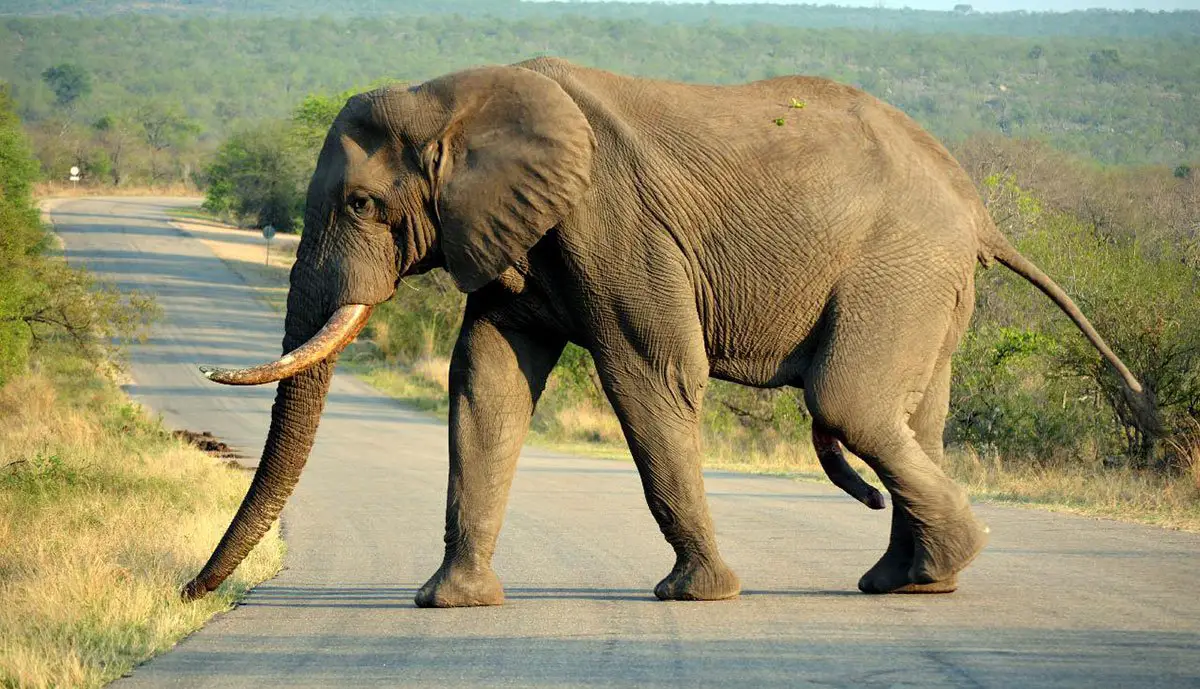The woolly mammoth (Mammuthus primigenius) is probably the most famous prehistoric mammoth. It was thought to be the closest cousin of Asian elephants. Scientists discovered the carcasses of the giant elephant in Siberia and Alaska.
Woolly mammoth was the last of the mammoths. They were nearly the size of modern-day African elephants. Adult males could grow 8.9 and 11.2 feet in shoulder height and weighed as much as 6 metric tons. Females could reach the size of 8.5–9.5 feet.
They had become extinct in the late Pleistocene period as early as 14,000 – 11,500 years ago. However their extinction might have possibly started 40,000 years ago.
They had smaller ears which could prevent the heat loss—possibly an adaptation for living in cold.
Woolly mammoths h ad 6.6 feet long trunk. Their body was all covered with 30 cm long guard hairs.
ad 6.6 feet long trunk. Their body was all covered with 30 cm long guard hairs.
They had the largest of the tusks measuring up to 14 feet in length. Mammoths used their trunks in defense against the then predators such as cave hyenas, felines, and wolves.
They had made habitats in tundra steppe and mammoth steppe. Woolly mammoths had occurred throughout the northern Asia, Europe, northern North America, and Russia. They had arrived in North America around 100,000 years ago.
Woolly mammoths had a megaherbivorous diet in that they could eat flowering plants, mosses, herbaceous plants, shrubs, sedges, and true grass. They could eat up to 397 pounds of plants matter a day. Woolly mammoth spent 20 hours a day on feeding.
Woolly mammoth could possibly have a lifespan of about 60 years.
Scientists have yet to understand as to what had caused the extinction of woolly mammoths. There could have been many possibilities such as climate change, hunting, habitat loss, and prey shortage. So far they do believe that the climate change had led to the extinction of woolly mammoths.





